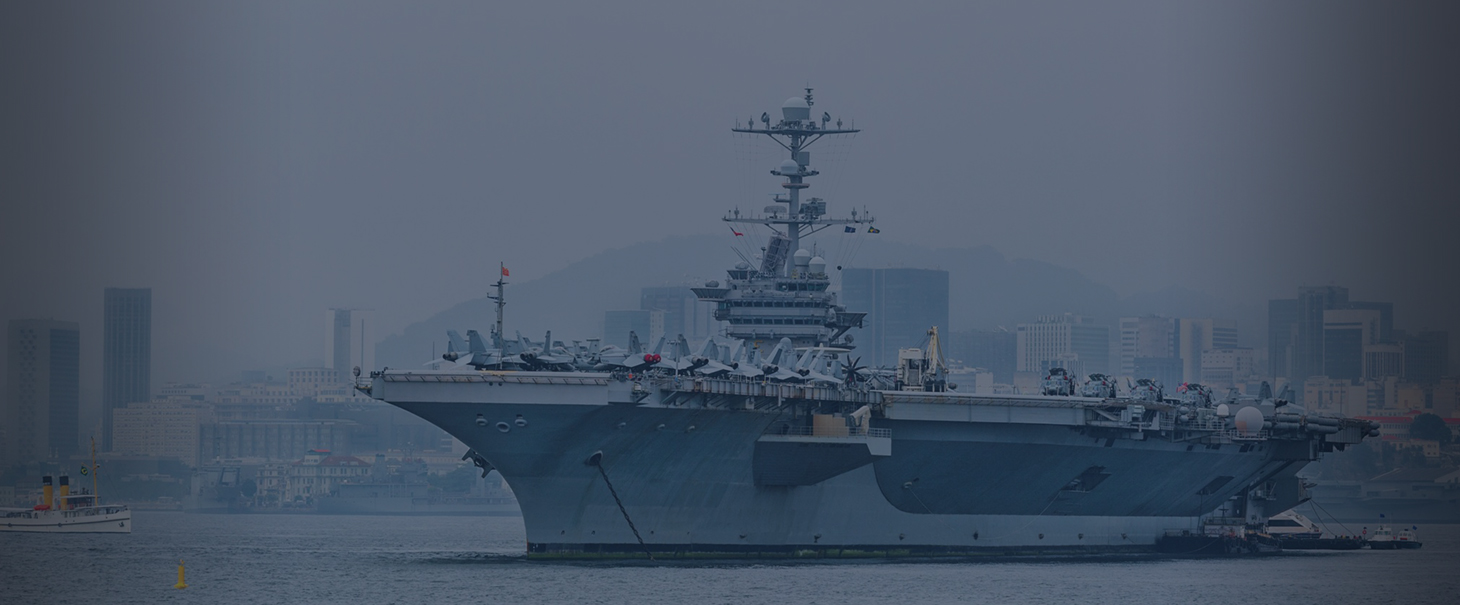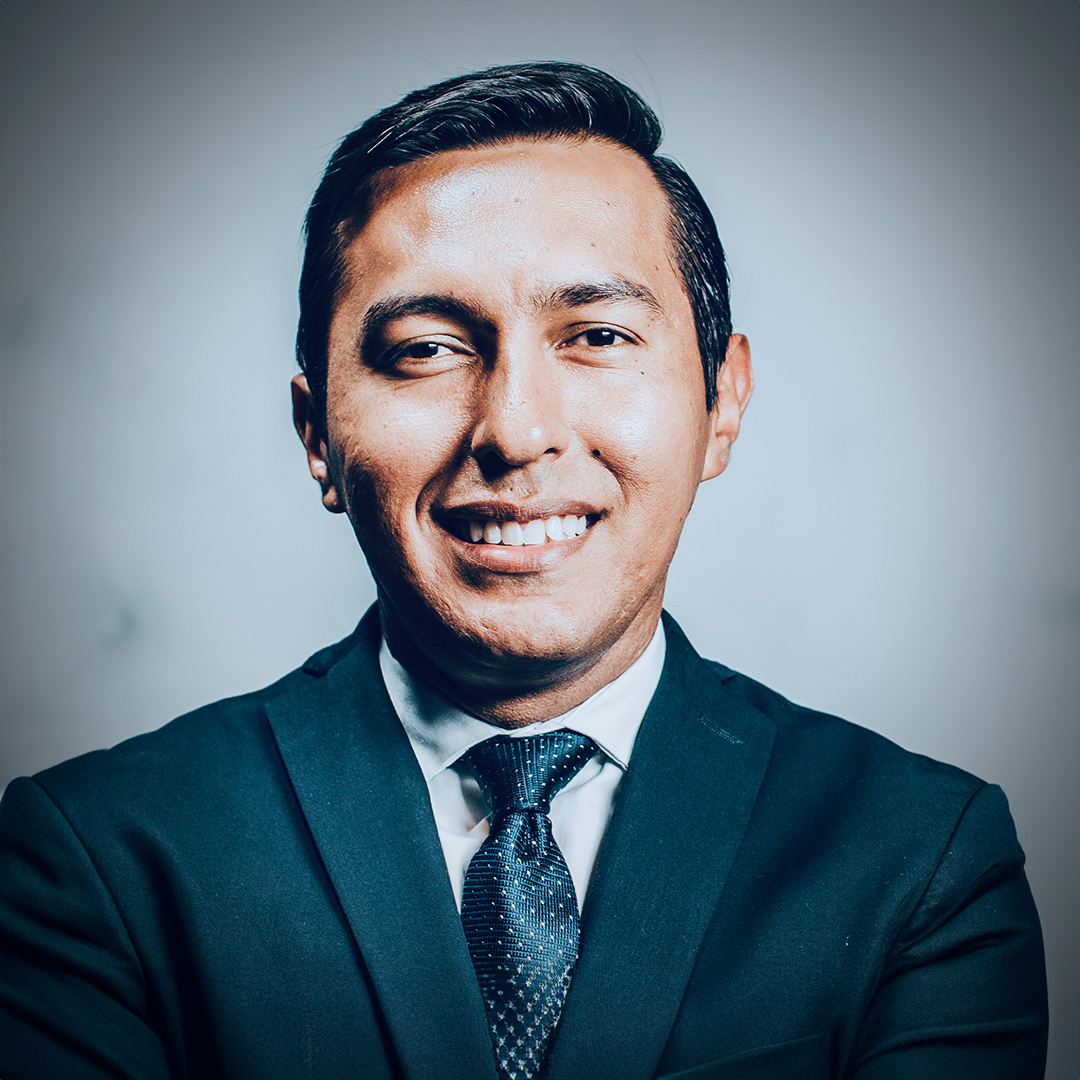EXPERT
DOWNLOAD
The enemy is now within. In Europe, anyway, and specifically in Belgium. The Brussels’ neighborhood of Molenbeek has become a base for radical Islamic terrorism in Europe. The 2004 Madrid subway bombings — the deadliest Islamic terrorist attack on the continent to date — had links to Molenbeek. More recently, the Paris attacks were planned from Molenbeek and carried out, in part, by terrorists born and raised in the neighborhood. This time, they’ve struck closer to home in Brussels. On Tuesday, Islamic terrorists known to authorities blew themselves up in simultaneous blasts that killed dozens and injured scores more. Like the Paris massacre in November, the Islamic State has taken responsibility. In the days before this attack, one of the architects of the Paris massacre, Salah Abdeslam, was arrested in Molenbeek. For over four months, this man was aided and sheltered by a network within his community; he was finally captured just a few blocks from the home he grew up in. Molenbeek is a poor, disenfranchised, and majority Muslim neighborhood that has become an underground network for Islamic terrorism. Hidden away in a closed community, terrorists are able to plan attacks, smuggle weapons, provide safe houses and escape routes, and move freely throughout this neighborhood, seemingly without scrutiny from the locals. Molenbeek is just one of hundreds, perhaps thousands, of neighborhoods in Europe that many call “no-go zones” because police refuse to enter and non-Muslims are encouraged to avoid. Most people in these communities are not radical Islamists, and yet, there seems to be a willingness among some to harbor fugitive terrorists. Jihadists are imbedded within these closed communities, and authorities have been caught flat-footed by the extensive terrorist infrastructure set up throughout Europe. Security forces in Belgium are no longer dealing with a few isolated terrorists; they have a brewing insurgency on their hands. So how did Europe get this way, and what lessons can we take to prevent the rise of no-go zones in Canada? These communities didn’t pop up overnight. They were built over decades, through Europe’s lackadaisical immigration process. Unlike Canada, which focuses on selecting migrants with the right skills and education needed to be successful, European countries welcome vast numbers of unskilled migrants. Family reunification makes up nearly half of Belgium’s overall immigration. Combine this careless immigration policy with a non-existent integration strategy. Newcomers have never been asked to learn the local language, study the history, laws and values of the host country, or engage in civic activities. Under the spell of multiculturalism, Europe’s leaders took a hands-off approach to integration, and stood by while newcomers formed their own civil society hidden away from mainstream Europeans. These isolated communities suffer from significant unemployment and growing disaffection, making some members susceptible to the poisonous ideology of radical Islam. By 2011, Europe’s leaders could see the writing on the wall. Both Britain’s David Cameron and Germany’s Angela Merkel renounced multiculturalism, saying it was a failed experiment. But the damage was already done. Canada must remain vigilant to the threat of Islamic terrorism, but thankfully, we have taken a very different approach than Europe. Our immigration system is more selective, our integration model is deliberate, and our borders are better patrolled and secured. Europe’s fluid borders, its failed multiculturalism, and its closed communities are a recipe for disaster. The horror we’ve seen in Paris and now Brussels is likely just the beginning of the wrath the Islamic State has planned for Europe. Read the original from the Toronto Sun.


 Leonardo Gonzalez
Leonardo Gonzalez